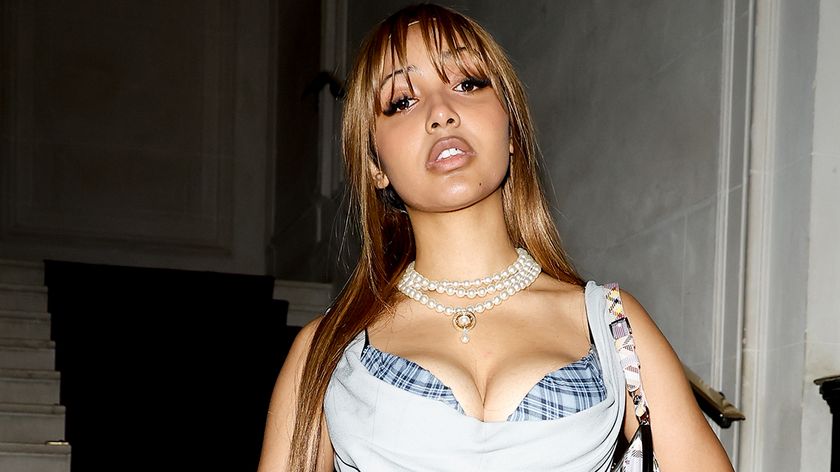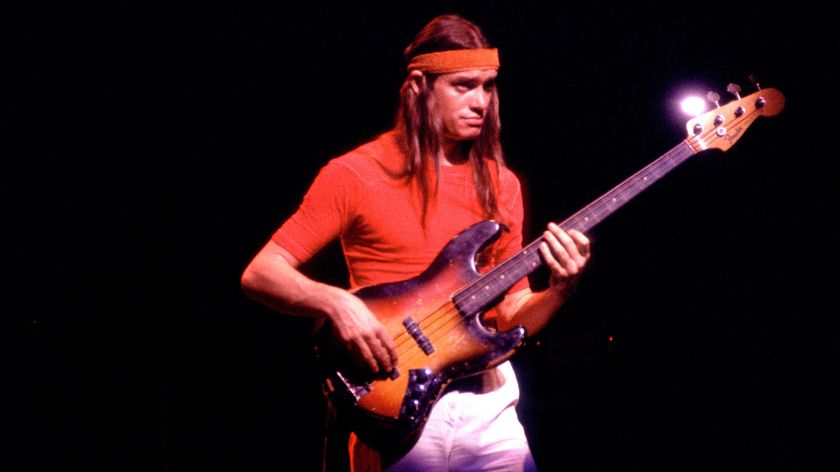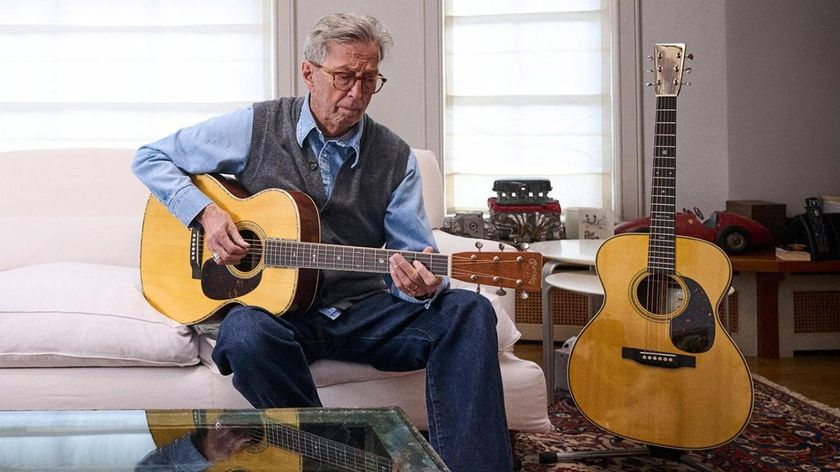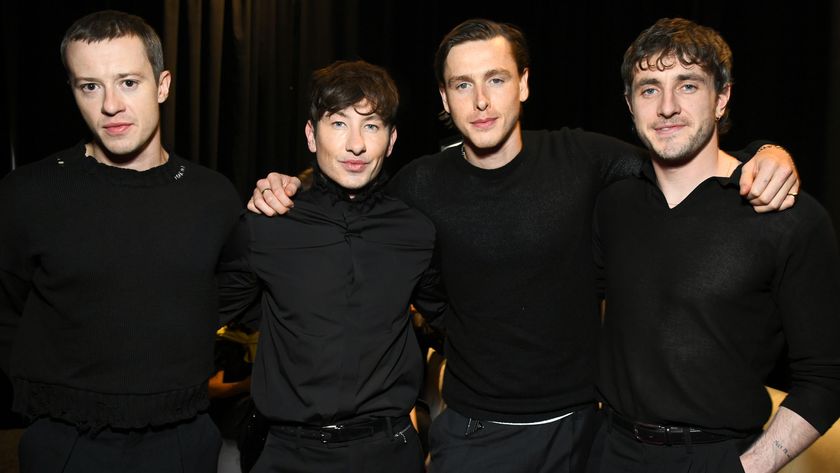Eric Bibb talks Migration Blues: "I have plenty of musical goals left... I am not bored or burned out!"
Also: essential info on hats
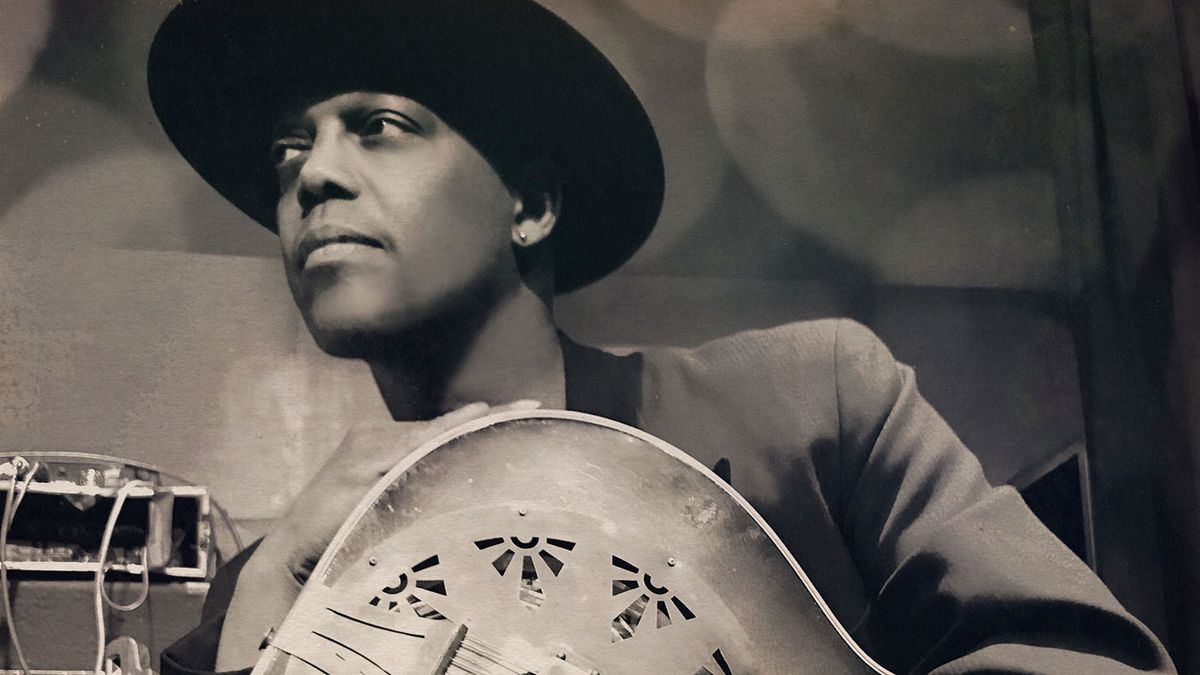
The master of acoustic blues talks about his innovative new album, and how he stays creative after 40 glorious years of making music.
Professional guitarists almost always start with cheap, hard-toplay guitars, and Eric Bibb was no exception.
“I was around seven or eight when I started out,” he recalls as we chat in his hotel, before his performance at the Cheltenham Jazz Festival. “I remember that the guitar was old and the action was rough: it had steel strings and it was very frustrating because the rough action was painful to play with. I had a teacher who tried to teach me some stuff, but I was not too attentive.”
The next stage is that first big show, and discovering if you have stage fright or not.
I saw Son House perform at the Newport Folk Festival in 1965, that blew my mind
“I don’t have stage fright now. Live TV can be nerve-wracking, I don’t really enjoy live television. I love live radio. I remember playing at school, and at summer camps: they felt like big shows to me, I was always performing.
“My first big gig was playing guitar in my dad’s TV show band, which included some heavyweights - Ron Carter was playing bass. I was 16, and I could barely read the charts, but my dad must have thought about throwing me in the deep end and seeing if I could make it.
“But I knew back then that I was never going to be a studio session musician playing off charts. I never had an interest in being a player who could play anything and be called upon to do that. I always wanted to be a troubadour, write and play my own songs, and travel and perform them.”
Get the MusicRadar Newsletter
Want all the hottest music and gear news, reviews, deals, features and more, direct to your inbox? Sign up here.
Looking back
Now in his mid-60s, and looking half of that, Bibb is able to think back about his heroes, the artists he grew up hearing and admiring, and some he has gone on to play with as a peer.
“People I loved growing up were people like Josh White, Odetta, Leadbelly, Judy Collins, Richie Havens, and later, all the blues greats. I saw Son House perform at the Newport Folk Festival in 1965, that blew my mind. I also loved Taj Mahal, and I have worked with Taj, which was wonderful.
“I do look back to when I started, and then I think how long it took me to get here, and I remember that there was a lot more of that than this. I’ve put the work in, and I am really proud of that. I have not had overnight success, I have had straight jobs and busked and worked to get to where I am now in my life and my career.
“I have to say that although I am proud to be associated with the blues, and my music is absolutely rooted in that legacy, I don’t consider myself to be just a blues musician. I was always exposed to all kinds of music, a lot of jazz and a lot of classical music and that has influenced me as a writer. I realised that it was important in terms of a style that you can point to, in order to get work.”
Admirers of Eric Bibb would point out that he does have a unique style, both visually - we’ll come back to that - and also in stylistic terms. Bibb describes his own take on his playing style.
“I’m a fingerstyle guitarist. I’m not a strummer like Richie Havens who was a master strummer, and I’m not a lead player like Robert Cray. I am a Piedmont style guitar player, that ragtime hokum style, and delta blues is in there as well. I arrange in the way that supports the song. I am not an improviser; I accompany myself and do that comfortably.
“I consider myself self-taught in the sense that I have evolved my own technique. I had classical lessons from the age of eleven, and I learned to use all my fingers to play, so I had good technique in terms of getting around the guitar. I did learn some theory as part of my classical guitar lessons. I learned to identify chords, but I am not a good reader. I had theory lessons in high school, and it probably helped, but it doesn’t play a big part in what I do. I write a lot and I gig a lot, and that is my practice.
“I find my own ways to get to where I want in terms of the song. I have always thought of the guitar as a loving companion. I have played consistently, it has never been something I could put down and pick up. My development as a guitar player is slow in some ways. In terms of new technique, things evolve very slowly, but what I love to do, I have got better doing, and I am confident about what I do. I am not so much concerned at dazzling my audience, as expressing my music and being myself on stage.”
Peers and plaudits
With success comes rewards, and awards, and Bibb has received accolades and nominations over his career, the most recent being nominated as Blues Artist Of The Year by Jazz FM.
“I was nominated with The Rolling Stones and Bonnie Raitt, which was an honour to be included with them. The recognition of my peers is always exciting, but audience recognition enables me to make a living as a musician. Affirmation from my peers adds to personal confidence, so I am always delighted to be considered for awards like the Jazz FM Award.”
Amps are not a big part of what I do. I don’t usually mic up, but I use the DI linked to the amp, so my amp is also my monitor as well
Time to talk about Bibb’s latest album Migration Blues, which is a subject about which he feels strongly. “I started working on recording last August: it was suggested by my good friend Philippe Langois at Dixie Frog Records, who pointed out that the issue is current, and has echoes of my own personal story. So I did some research, and realised the parallels between my story, the great American migrations, and the current refugee crisis, and after that it was quite easy to write the songs.”
Which guitars and amps do you use now? “The guitar on the cover is an interesting instrument. It started out as a 1960s Germanmade 12-string made by Otwin, and that was converted into a resophonic guitar by having a resophonic cone built into the guitar. It was done by a German specialist called Peter Wahl who converts acoustic instruments into resophonic instruments. I love that guitar, it reminds me of an oud; it has a unique sound which I love.
“Another instrument I use is a six-string banjo from the 1930s which is what Django played before he switched to guitar. My good friend Roger Bucknall at Fylde Guitars has made some guitars that I used. I worked with a player called Michael Jerome Browne, and he plays a National from the 1930s that is a resophonic guitar, and he plays a Guild from the 1960s which he uses with a tremolo. He plays a fretless banjo on the first song, he is a wonderful musician.
“I don’t play through an amp on this record. I use DI and several microphones. On stage these days, I use a Roland Chorus Jazz Amp which has been reissued in a smaller version. It has a chorus and vibrato setting which you can set yourself. The previous ones were pre-set and non-adjustable, but this new one has settings you can operate for speed and depth. I have Fishman pickups and through that amp is a sound I really like.
“Amps are not a big part of what I do. I don’t usually mic up, but I use the DI linked to the amp, so my amp is also my monitor as well, and the mix of the amp and DI sound gives me control, and the sound I like.”
New audience
Like most musicians, Bibb is never still in creative terms. Although he is going to be busy touring with his new album, the next one is already in the early stages of composition, as Bibb confirms.
“Quite often they overlap. By the time a record is released, I am already in the planning stages of the next one. It’s almost a conveyor belt! My next record will have some more musicians and some guests on it. I am looking to work with my colleagues from world music, a roots album with world music flavours.”
I don’t have retirement in sight; I am really just hitting my stride
As a musician of long experience, Bibb has witnessed the massive changes in the music industry - the elimination of almost all the big labels, and the rise of DIY production, helped by social media.
“As my wife has helped me to realise,” Bibb comments, “You can make home videos and post them, it excites fans to see something spontaneous, where the sound is good, and if you have a name, you can get to a whole new audience without leaving home or paying a fortune to a publicist. I use YouTube for reference, but I'm a vinyl and CD collector: that’s where I get my listening pleasure.”
It’s clear from the enthusiasm and joy with which Bibb discusses his life and his music, that retirement is not in the frame, but future musical explorations certainly are, as he confirms.
“I don’t have retirement in sight; I am really just hitting my stride. I would like to spend more time at home, and less on the road. I’d like to teach more as well, I recently attended Jorma Kaukonen’s Fur Peace Ranch music camp for the second time, and sharing what I have learned from years on the road is enjoyable, and I’d like to teach more.
“I have plenty of musical goals left, but I can’t identify them easily, except that one thing leads onto another. I am looking forward to working with my friend Solo Cissokho who is a master kora player from Senegal, and I would like to work with him. I recently did a gig with my cousin who is a viola player, and working with string players is something else I would like to do more of as well. I am not bored or burned out!”
It wouldn’t be polite to finish an interview with Eric Bibb without reference to his most identifiable feature, his hats. Bibb is as enthusiastic about his hats as he is about everything.
“I started wearing hats when I was about 14, when a friend’s mother bought a matador hat home, and I have worn variants on that since then. I found a hatmaker in Santa Fe recently, and had a hat made, it cost more than I want to reveal, but a good hat is something to have and spend money on!”
Migration Blues is out now.



“I didn’t even realise it had synthesizer on it for decades”: This deep dive into The Beatles' Here Comes The Sun reveals 4 Moog Modular parts that we’d never even noticed before
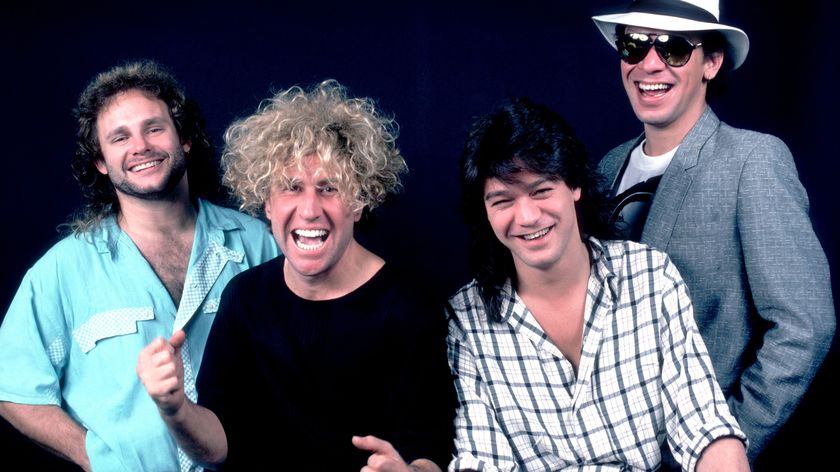
“I saw people in the audience holding up these banners: ‘SAMMY SUCKS!' 'WE WANT DAVE!’”: How Sammy Hagar and Van Halen won their war with David Lee Roth
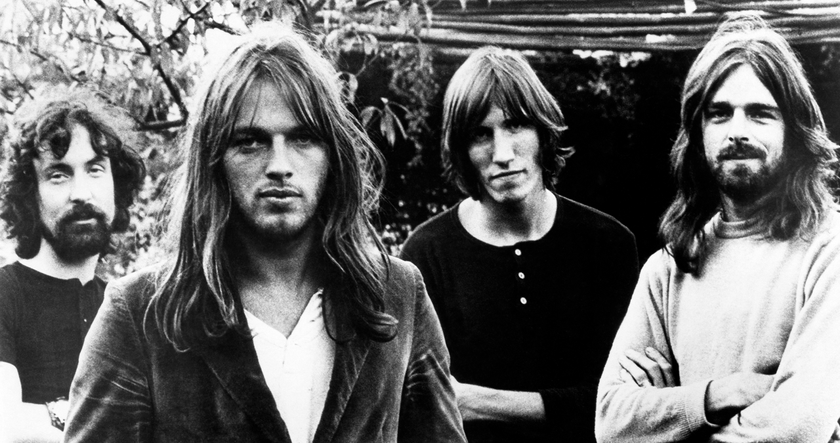

![Chris Hayes [left] wears a purple checked shirt and plays his 1957 Stratocaster in the studio; Michael J. Fox tears it up onstage as Marty McFly in the 1985 blockbuster Back To The Future.](https://cdn.mos.cms.futurecdn.net/nWZUSbFAwA6EqQdruLmXXh-840-80.jpg)


